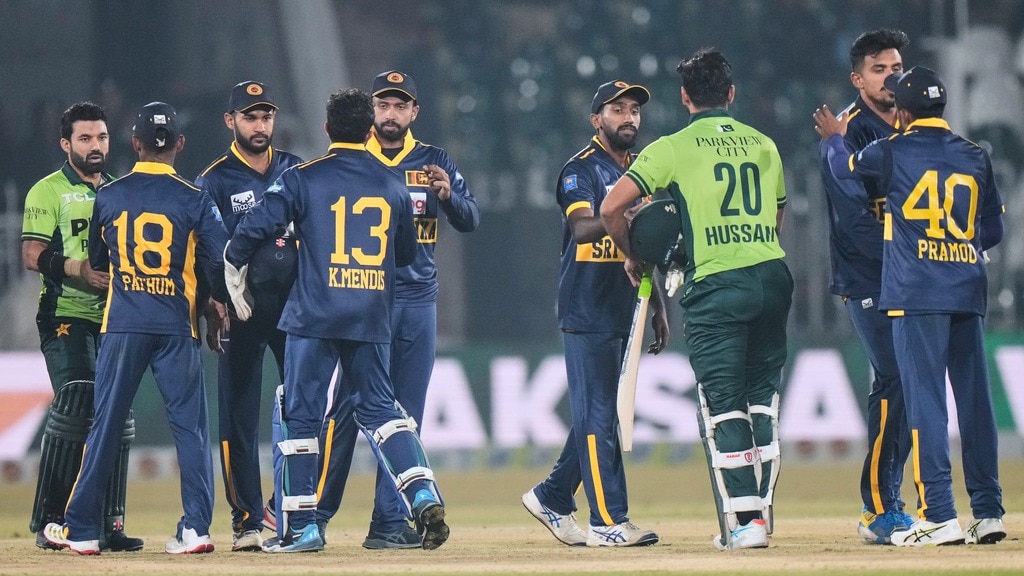Memories of England’s first Test in Perth: a terry towelling hat and Lillee’s aluminium bat

The first time I saw Australia play England in a Test at Perth, the Ashes weren’t at stake because the urn was gathering dust in a glass cabinet at Lord’s.A three-Test series against England in the summer of 1979-80 was hastily cobbled together after Cricket Australia finally capitulated to media tycoon Kerry Packer and awarded him the rights to televise top matches on Channel Nine. In return, Packer agreed to disband the World Series Cricket (WSC), which had caused a significant rupture in the game. England agreed to play the series on two strict conditions: the Ashes weren’t up for grabs, and the team wouldn’t wear the coloured uniforms made famous during WSC.It didn’t matter to me. I was 12 years old, too young to understand the history of a tiny terracotta urn or grasp the complexities of Packer’s pyjama cricket. I wanted to see the firebrand bowler that every kid on the school oval was trying to emulate, Dennis Lillee.I arrived at the Waca Ground on the second day with a friend and his dad, hours before play began, and found a seat on a decaying wooden bench just inches from the field. Given that the venue offered as much shade as the Great Sandy Desert, the only protection I had from getting blisteringly sunburnt was my terry towelling hat. Even in the late 70s, the Waca seemed dilapidated, tired, and outdated. The dusty, parched outfield resembled the drought-affected lawns of suburban Perth during a summer of water restrictions.When Lillee strode to the crease on the second morning of the game, neither the crowd nor the England players were aware he was wielding an aluminium bat. Lillee was warned by the Western Australian Cricket Board and his captain, Greg Chappell, about using the aluminium alternative. The bat, dubbed Combat, was designed by Lillee’s business partner, Graeme Monaghan.Cricketing folklore has a habit of eschewing the truth, but the story goes that close mate Rod Marsh goaded him to take it to the crease when he resumed his innings on day two. (Lillee later admitted in his book, Menace, that the entire incident was a well-executed publicity stunt.) The only hint that something was amiss was when a resounding clunk echoed throughout the ground after Lillee drove Ian Botham down the ground.There was no humorous recognition from the cricketing congregation. England’s captain, Mike Brealey, immediately complained to umpires Max O’Connell and Don Weser that the bat was damaging the ball. While the calamity unfolded, Lillee leaned on his metal blade with his ill-fitting helmet and unbuttoned shirt, like a welder having a five-minute smoko.The crowd started hooting and jeering, a grim blend of unrest and hostility, convinced that their beloved, heroic fast bowler was part of some daring, honourable deed. I was genuinely terrified and desperate to escape. Suddenly, every member of the moustached-clad, marauding mob behind me looked like villain Lee Van Cleef in the Italian epic spaghetti western The Good, the Bad and the Ugly. Luckily, the early morning revellers’ rage hadn’t yet been fuelled by lukewarm Swan Lager. Had the incident occurred later in the afternoon, it might have been a different story.The officials needed to act. After an animated discussion between the umpires and Brealey, Lillee was told he would have to replace his bat. The recalcitrant paceman refused to budge. After 10 minutes, Chappell was fed up, and barged on to the ground carrying three wooden bats. Despite partisan punters egging Lillee on, he knew the jig was up, so he aggressively hurled his bat away in humiliation and disgust.The cricketing chatter at the time was that Chappell allowed the saga to drag on long enough to fire up Lillee. Not that Australia’s most revered tearaway needed any provocation. When it was time for him to bowl, Lillee came thundering in from the city end, with the Fremantle Doctor behind him, displaying an unmistakable and hypnotising swagger.In the blink of an eye, he had the openers, Geoff Boycott and Derek Randall, dismissed for ducks. The hostility from the crowd was now replaced by humour and hubris.I became mesmerised by these shirtless, drunken buffoons boisterously belting out Lillee’s name, as if he was some demigod sent down from the heavens. The tribal chanting from fans gathered around old caravans turned into makeshift bars, awkwardly plonked on the hill, was both thrilling and unsettling.I was hooked; I had found my tribe.Australia went on to win by 138 runs. They appeared to take just as much delight from seeing Boycott stranded on 99 in England’s second innings. While I gained an uncensored view of the fierce competitiveness and bitter rivalry.I’ve been to every Ashes Test in Perth since, except in 2017 when Mitch Marsh and Steve Smith bludgeoned a frazzled England attack to all parts of the Waca. It would be the last time the old enemy played a Test at the venue. On Friday, Optus Stadium will host its first Ashes Test in one of the most eagerly anticipated contests since the gripping 2005 series.I will be there, minus the terry towelling hat.




.jpg)








